I found one of my new favorite places in 2020 while enjoying time outside while social distancing. Wisconsin Point has such a laid-back vibe (even over Memorial Day weekend this year) while providing opportunities to hang by the lake, walk through pine forests, witness ecological restoration in real-time, get sand between your toes, and see a few historical places.
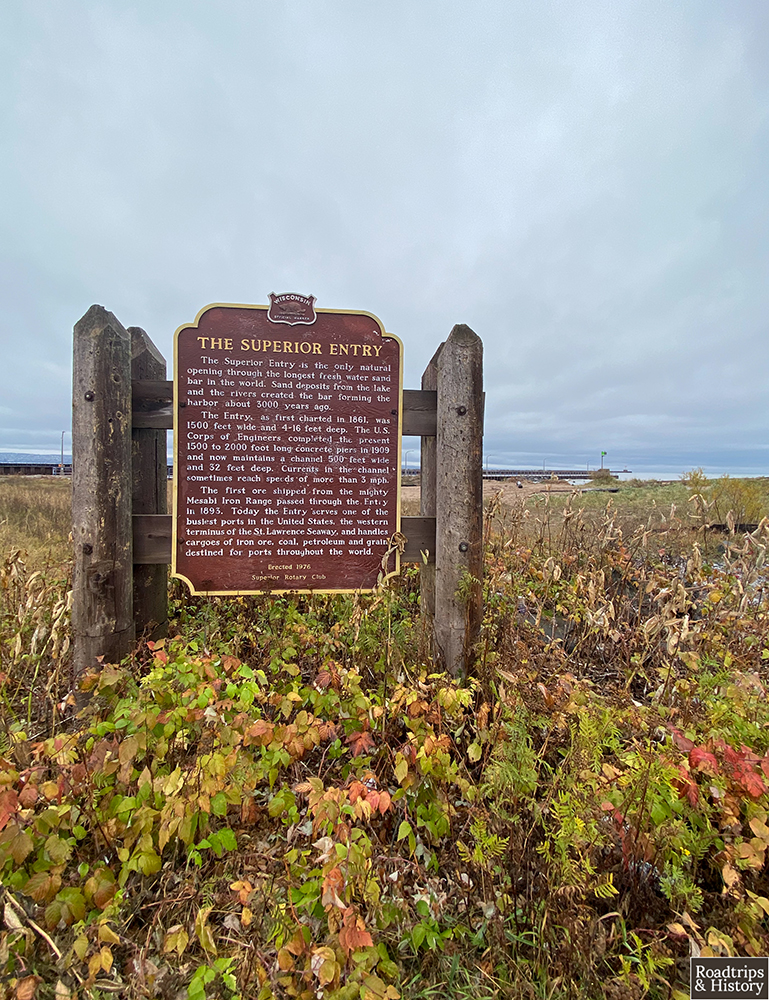
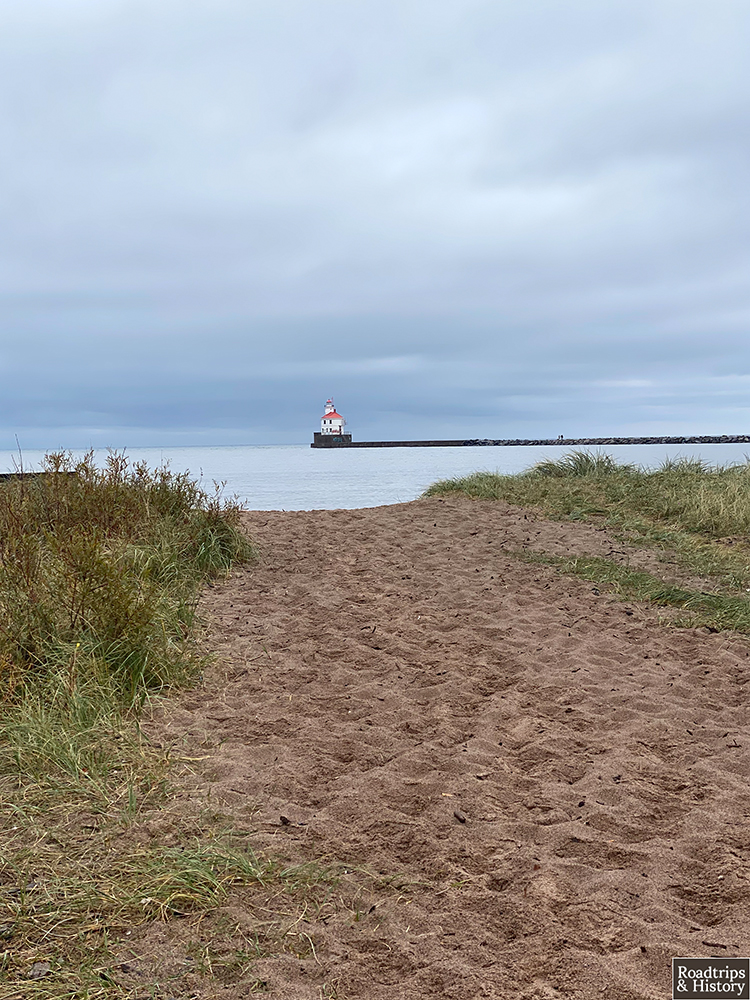
Before visiting, I had no idea that Wisconsin and Minnesota Points make up one of the longest freshwater barrier beaches in the world. As soon as you step out onto either of the points, it becomes clear that they make up a unique regional ecosystem. On Wisconsin Point, a few restoration projects are happening that are worth mentioning. First, there is ongoing sand dune restoration, so be sure to stay on well-worn paths and boardwalks through the dunes and park in the lots along the point.
Another great reason to stay on those boardwalks is the precious Piping Plover — a federally recognized endangered migratory shorebird that was once abundant in the area. Today, Piping Plovers are pretty much non-existent along Wisconsin Point. Still, a group of scientists is working to restore the habitat where they can thrive. Finally, there is an effort to remove invasive species and clean up pollution in the St. Louis River and Allouez Bay, so wild rice will once again be plentiful near the base of Wisconsin Point.
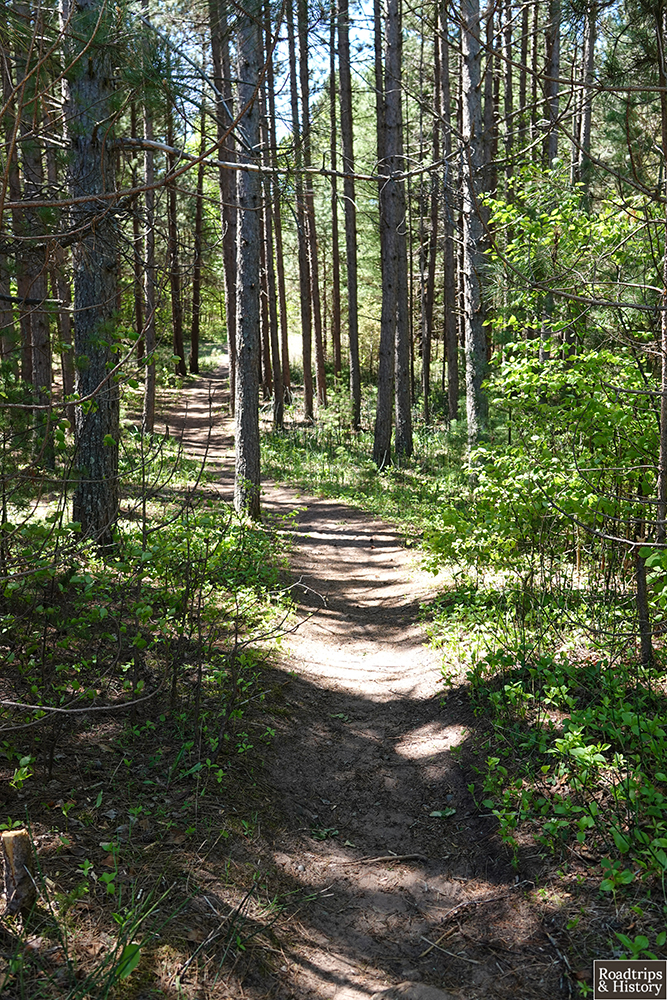
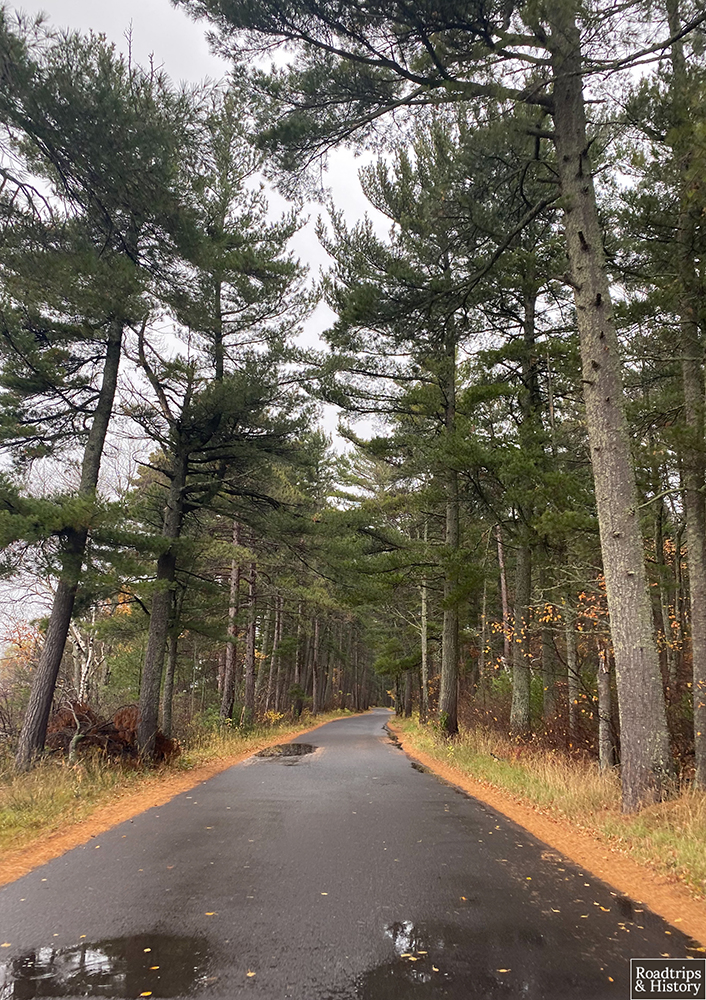
At around the halfway mark of the point, you’ll drive through a lovely conifer forest that offers a lot of shade on hot summer days and a break from the wind coming off the lake in the spring and fall. A burial ground for the Ojibwe that lived on Wisconsin Point can be found on the lakeside of the point. The land once belonged to the Fond Du Lac Band until it was taken by the U.S. government in the Treaty of 1854. Many Ojibwe stayed on the point until 1918, when nearly 200 were forcibly removed after the band lost a land dispute with the Interstate Railroad Company.
The bodies in the burial ground on Wisconsin Point were removed to a mass grave at the St. Francis Cemetery in Superior. Many believe that there would have been no way to remove all of the bodies and that some remain on the point. The Fond Du Lac Band hopes to regain the land where the burial ground is located to protect the sacred site.
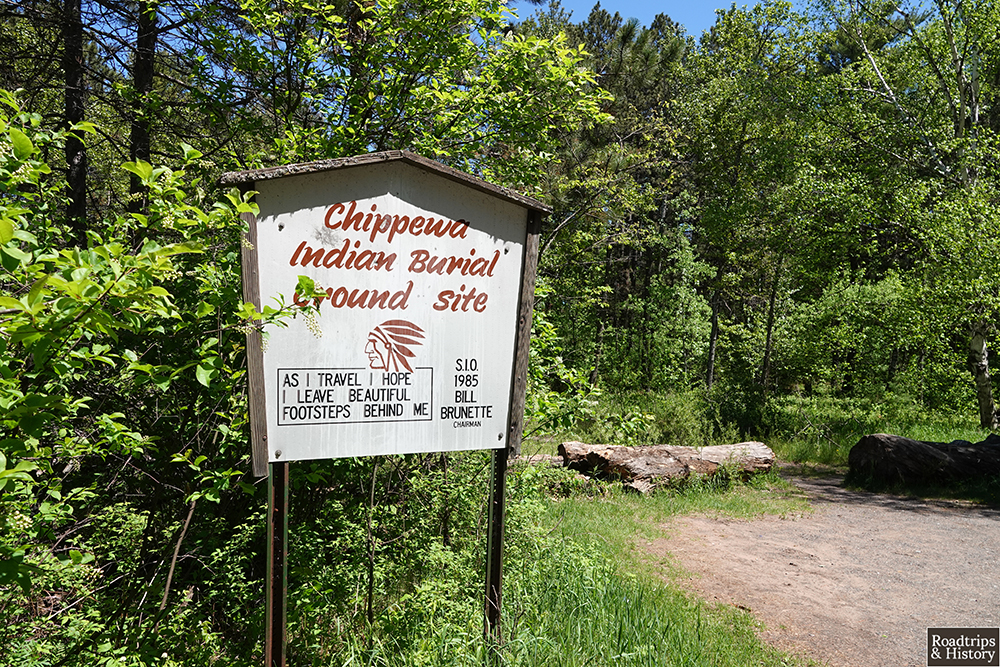
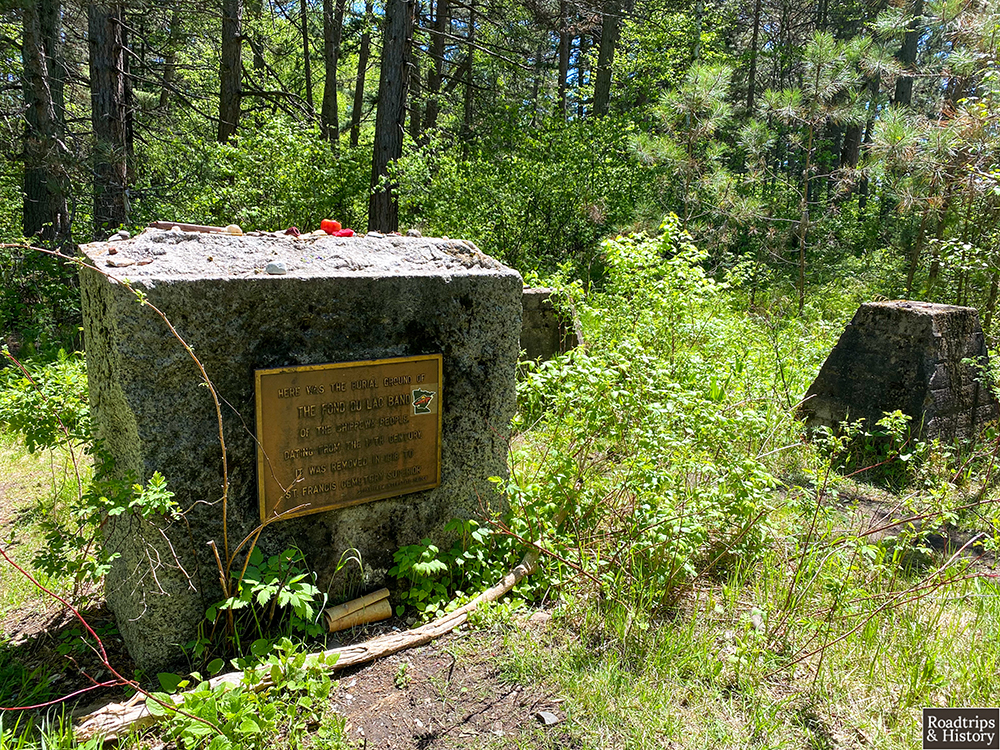
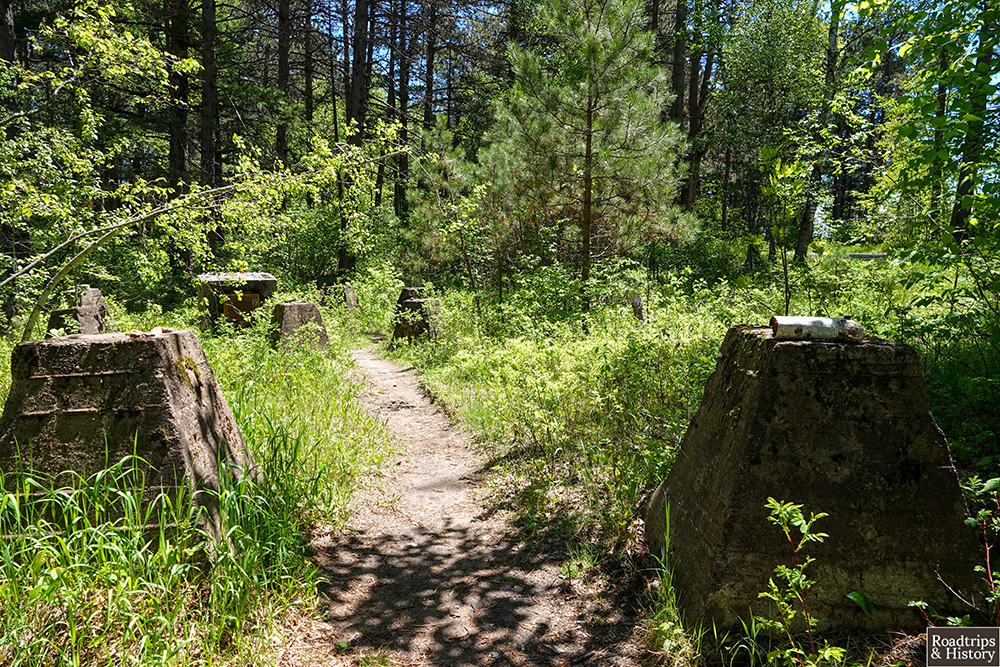
You’ll find the Wisconsin Point Light next. It was built in 1913, and the tower stretches 70-feet above the water at the end of a concrete break wall. A keeper’s house is attached to the tower. The lighthouse was listed for sale in an online auction by the U.S. General Services Administration in July 2019. It was purchased a few weeks later for $150,000 by a tech industry executive from San Francisco. He planned to renovate the building, but it’s clear that hasn’t happened.
At the tip of the point, you’ll find two old buildings that have been fenced off from visitors. One of the buildings is a duplex. The other is a single-family home used by lighthouse keepers from 1913 until 1939 when the U.S. Coast Guard took over the management of the lighthouse. Coast Guard personnel lived in the houses until 1990, 20 years after the lighthouse was automated. The University of Wisconsin-Superior then used the two buildings for the Lake Superior Research Institute for a little more than a decade. Both houses have been vacant since the mid-2000s.
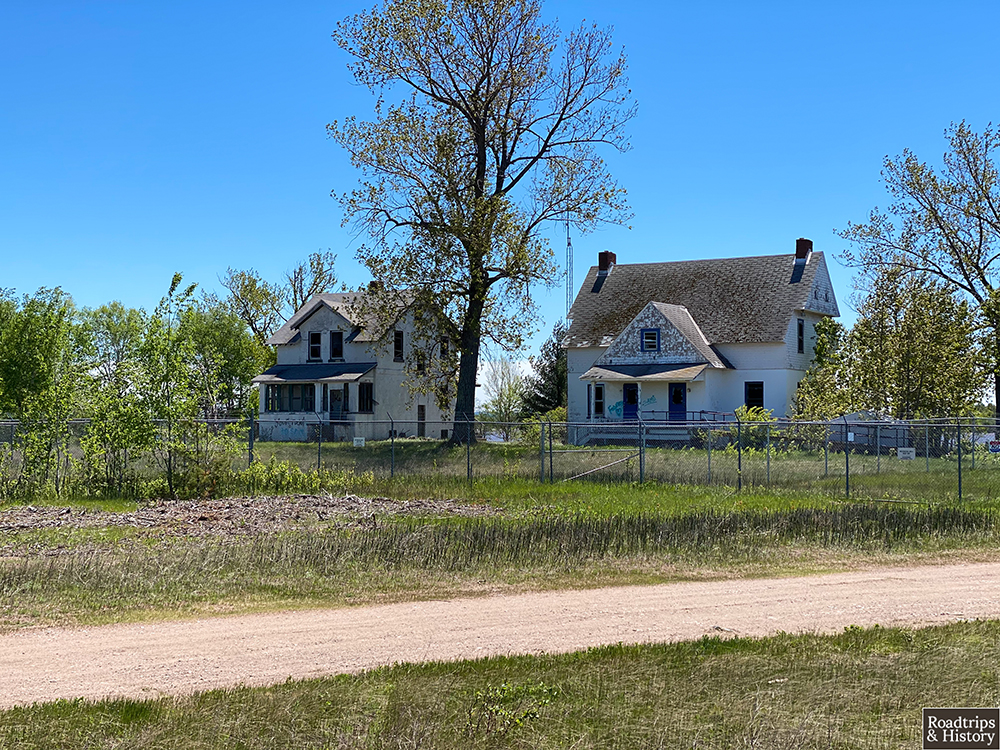
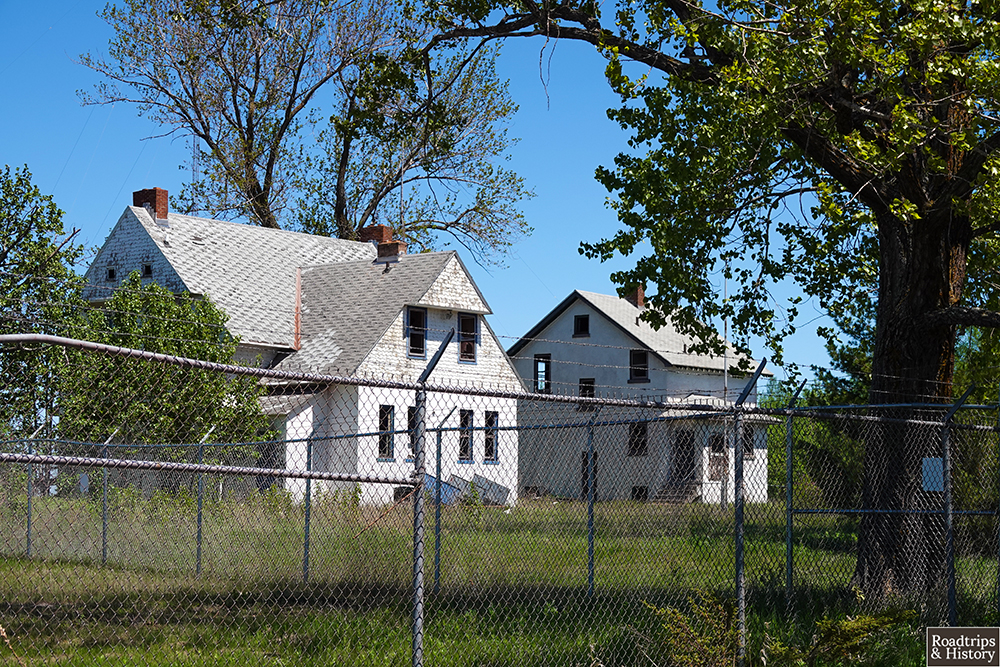
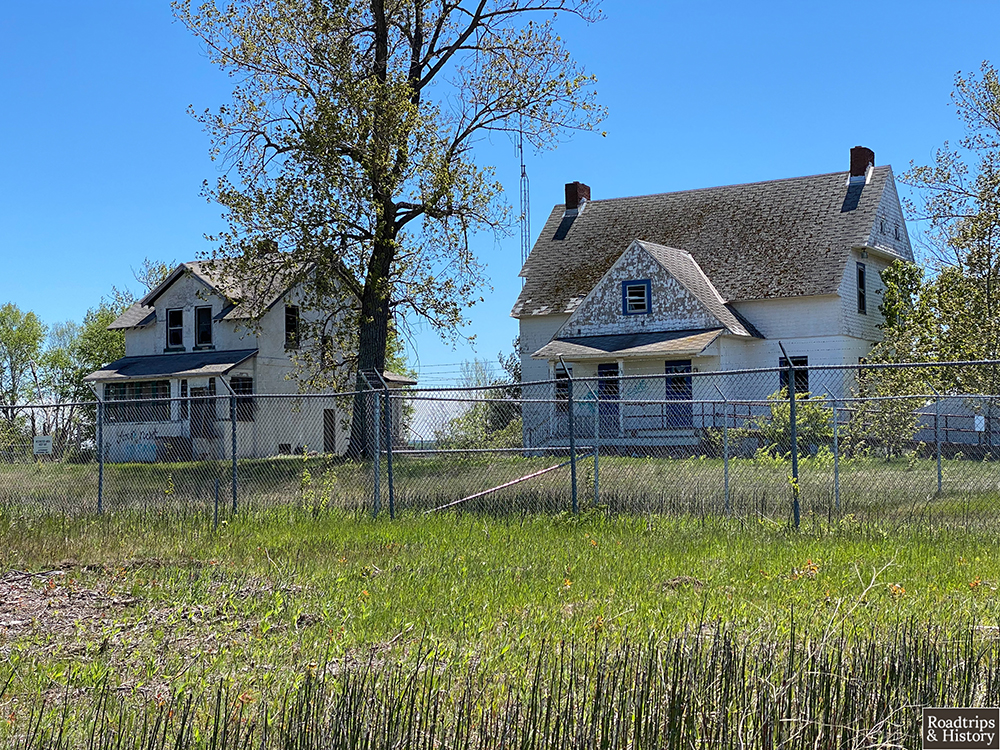
There’s a great view of the docks in Allouez Bay from behind the houses. It also offers visitors a glimpse into why the wetland habitats on this side of the point are so degraded. Hopefully, a couple of generations from now, there will be a healthy ecosystem for all on Wisconsin Point where Piping Plovers fly overhead and the Ojibwe return to their sacred land.
(Why does Lake Superior look like a giant mud puddle in some of these photos? Because recent rains had washed clay deposits into the lake from the Nemadji River. This was the first time I’ve seen the lake so churned up and, well, red. Those photos were taken over Memorial Day weekend, 2021. The others were taken in October-November 2020.)
